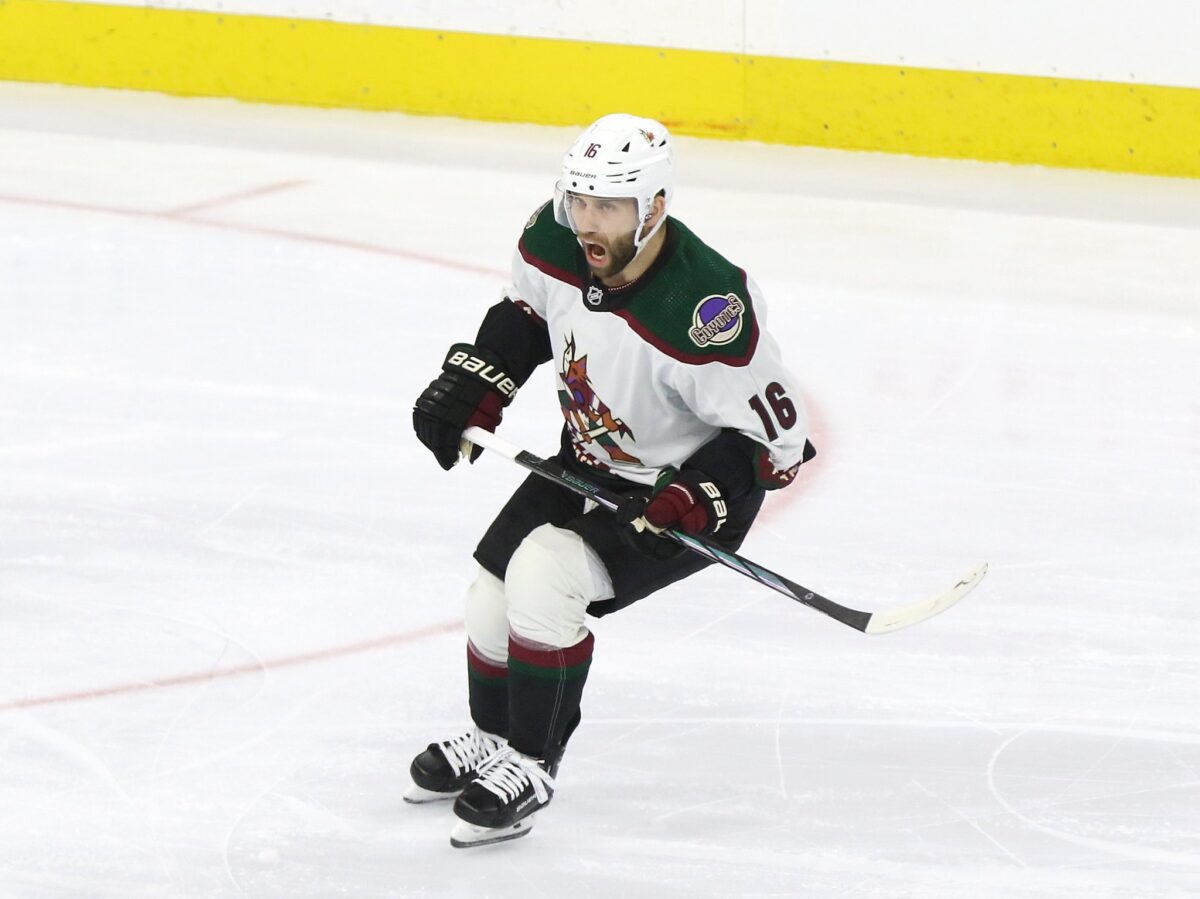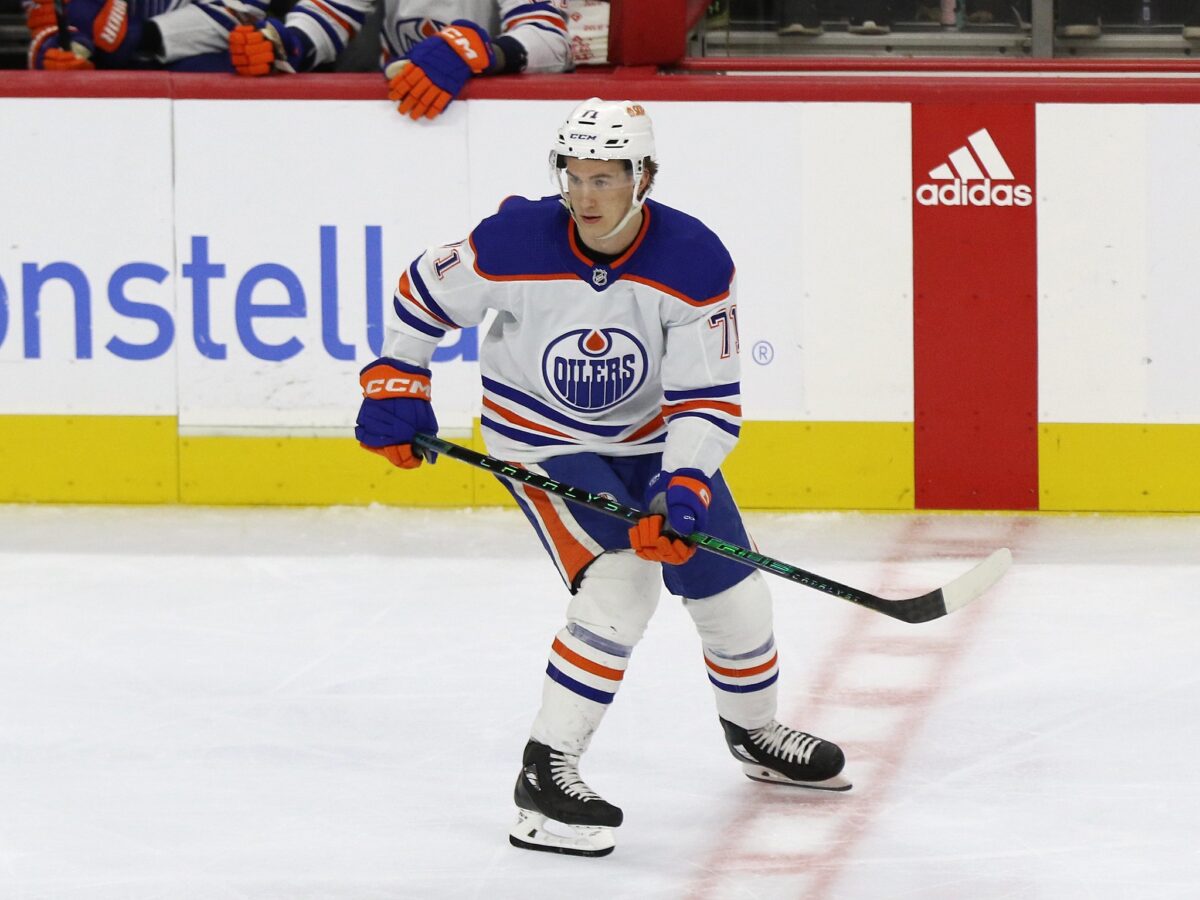The 2024 offseason for the Buffalo Sabres has proven to be one of the strangest they’ve ever had, putting their fanbase through a veritable gauntlet of emotions. It started in April when former longtime head coach Lindy Ruff was rehired, but it didn’t stop there. Jeff Skinner was bought out of the remainder of his contract and franchise cornerstone Zemgus Girgensons finally threw in the towel and departed in free agency.
The Sabres were therefore forced to overhaul the roster and enter the 2024-25 campaign a very different-looking team thanks to a number of transactions. Three of those in particular were outright puzzling and left fans scratching their heads, especially considering they weren’t for high-profile players. It’s tough to tell at this point if those three pieces will fit coherently, if at all. Let’s break them down individually and assess what impact each player has the potential to have.
Jason Zucker
The Skinner buyout was a surprising enough move in its own right but it was what occurred after that may have been even more of one. The move freed up a significant amount of salary cap space for the Sabres and the expectation was that they would make a big signing to fill the considerable hole they now had in the lineup, but that didn’t happen. Instead of being aggressive at the annual opening of free agency on July 1, the Sabres were very reserved and made only one real signing of note, Jason Zucker, a move that admittedly doesn’t scream “Stanley Cup, here we come.”
Skinner was one of the team’s biggest producers and without him, the offense is far less formidable. It’s evident that general manager Kevyn Adams is taking the Moneyball approach by replacing him collectively rather than with a single player, which is a gamble, to say the least. Zucker isn’t a bad signing by any means, as he’s been a solid middle-line contributor for most of his career and his presence may actually help a lot. The problem is that, even if he has a very productive season, his efforts alone won’t be anywhere near enough to fill the void and several others will also have to step up.

With that in mind, it’s not encouraging that the Las Vegas native is coming off perhaps the worst season of his career which saw him record just 32 points in 69 games. However, the Sabres still have a decent amount of forward depth and he’s projected to be placed on the second line with Dylan Cozens and Jack Quinn. If so, he’ll be a veteran influence that the talented youngsters badly need and they in turn could help him bounce back offensively.
The only real issue with Zucker is financial. Buffalo only signed him for one season but for an extremely generous $5 million. That could spell trouble down the line if he struggles and the team wishes to unload him. Zucker will be the team’s third-highest-paid forward this season and his salary may complicate any potential trade talks. It’s an overall hefty price for a player whose contributions are not guaranteed, and while the experiment has the potential to work, it would still be tough to deny that the Sabres overpaid on this gamble.
Beck Malenstyn
The Sabres traded back with the San Jose Sharks in the first round of this summer’s Draft, moving back three spots in exchange for an extra second-round pick. While that move was easy to justify, it was what happened next that had fans in disbelief. The following night, the Sabres traded that pick to the Washington Capitals in exchange for Beck Malenstyn.
Malenstyn, 26, is a veteran of 105 games across four seasons and has just 24 career points to his name thus far. And though at first, it seemed as if he may have just been a roster filler who might not even play at the NHL level, it’s clear that the team intends to use him after he was signed to a two-year deal to avoid arbitration. Ruff wants the Sabres to be a tougher team in every sense and Adams is making that happen.
The Sabres lost a number of depth forwards this offseason after Tyson Jost, Eric Robinson, and Girgensons all departed in free agency, leaving them no choice but to completely retool the bottom six. Malenstyn won’t provide much supplemental scoring, but at 6-foot-3, 200 lbs, his physical, hard-hitting style will help give them the added oomph that they so obviously lacked last season.
Like Zucker, this isn’t a bad move on the Sabres’ part, it’s just another huge overpayment. Low-line players typically don’t cost very much, begging the question of why the Sabres felt compelled to offer such a valuable piece of draft capital in return. Malenstyn wasn’t exactly integral to the Capitals and a similar player could have probably been acquired for a much more reasonable price. Since Adams clearly saw Malenstyn as worthy of that hefty sum, let’s hope that his prognostication proves correct.
Ryan McLeod
Completing the trifecta of daring moves the Sabres made this offseason is one of the most stunning trades in the team’s recent history. Needing more depth at center due to the numerous aforementioned departures, Buffalo acquired center Ryan McCleod from the Edmonton Oilers on July 5. Though a very solid pickup, this transaction proved to be the biggest overpay of them all. In exchange for the 24-year-old, the Oilers received the Sabres’ top prospect: Matthew Savoie.
It can’t be understated how shocking this was. It was expected that the Sabres would inevitably be forced to part ways with a notable prospect at some point due to their overcrowded pipeline, with Noah Ostlund seeming the most likely. Nobody in their wildest dreams would have imagined it would be Savoie, especially given that he debuted for the Sabres last season. Why it was him that was ultimately chosen is a completely different conversation, however.

Leaving all that aside, McLeod is a solid pickup and it’s expected that he’ll serve as the third-line center alongside Jordan Greenway and Zach Benson (Peyton Krebs could possibly factor in as well). Fresh off a run to the Stanley Cup Final with Edmonton in which he scored four goals, the Toronto native brings speed and tenacity to the Sabres’ bottom six, something they desperately need. His offensive contributions in Edmonton weren’t great but he appears poised for a breakout after 30 points and just 10 penalty minutes last season.
Related: Buffalo Sabres’ 3 Biggest Weaknesses for 2024-25
One of Buffalo’s biggest issues over the last couple of seasons has been scoring depth. Teams that don’t get well-rounded contributions from the entire lineup don’t succeed and the Sabres are aware that they need to change that. Their top two lines have been carrying a disproportionate amount of the weight and that won’t get them to the playoffs. Even if McLeod wasn’t worth the price the Sabres paid for him, if he can be the catalyst they need to get more out of their third line, nobody will be complaining.
How Will New-Look Sabres Fare?
This offseason felt like a changing of the guard for the Sabres because that was exactly what they needed. They won’t bear much resemblance to the team they were last season and that’s probably for the best. Though they went about it by rather unconventional means, this team may be better suited for success now that their issues have been addressed for the most part. How do you think Zucker, Malenstyn, and McLeod will impact their new team?
